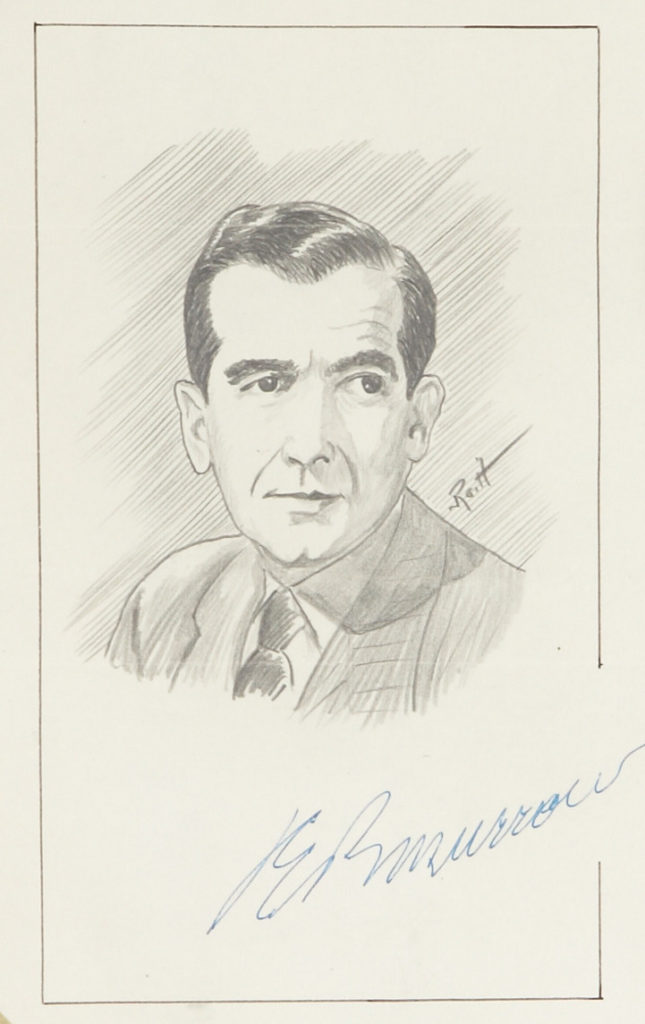
By Jim O’Neal
In the past year, several prominent newspapers and TV networks have corrected or retracted provocative political stories that were factually wrong. Critics are prone to blame the insatiable appetite to feed the 24/7 news-cycle beast and, increasingly, a news organization’s rush to be first. This has been compounded by the steady transition from costly field correspondents to much-less expensive panelists sitting around a table in the TV studio offering personal opinions.
Most of these discussions start with “I think” or “In my opinion,” which by definition blurs facts with subjective comments. Unbiased, factual reporting is mixed into a lethal cocktail that blurs reality and has inexorably led to an environment where charges of “fake news” are routine. Then social media further distort issues and reality. People can now easily shop for any “facts” on TV or the internet that support their opinions. However, the “need for speed” is not a recent phenomenon.
Triggered by the oldest of journalism’s preoccupations – the desire to be first with a dramatic story – Edward R. Murrow, William L. Shirer and their network, the Columbia Broadcasting System (CBS), made broadcast journalism history on March 13, 1938. What set the stage was CBS founder and CEO William S. Paley’s realization that his radio network had just been soundly beaten again by the National Broadcasting Company (NBC) and their reporter “Ubiquitous Max” Jordan, with his eyewitness account of Austria’s fall.
Worse, the fault was Paley’s. Until Jordan’s story and its effect on America, Paley had supported news director Paul White’s decision not to use network employees for hard-news reporting. To their increasing chagrin, men like Murrow and Shirer were forced to cover truly soft stories like concerts instead of Adolf Hitler and the Third Reich’s actions and intentions. Paley had had enough. He asked White to call Shirer and tell him, “We want a European roundup tonight.” The broadcast would cover the European reaction to the Nazis’ Austrian takeover. The players would include Shirer in London with a member of Parliament; Murrow in Vienna; and American newspaper correspondents in Paris, Berlin and Rome.
They had eight hours to put together what had never been done before. As Stanley Cloud and Lynne Olson describe in their book The Murrow Boys: “Never mind that it was five o’clock, London time, on a Sunday afternoon, which meant that all offices were closed and that all technicians and correspondents and members of Parliament they would need were out of town, off in the country or otherwise unreachable. Never mind the seemingly insuperable technical problems of arranging the lines and transmitters, of ensuring the necessity of split-second timing. Never mind any of that. That was what being a foreign correspondent was all about. It was part of the code of the brotherhood. When the bastards asked if you could do something impossible, the only acceptable answer was yes. Shirer reached for the phone and called Murrow in Vienna.”
Beginning at 8 p.m., with announcer Robert Trout’s words, “We take you now to London,” Murrow, Shirer and their comrades proved radio was not only able to report news as it occurred but also able to put it into context, to link it with news from elsewhere – and do it with unprecedented speed and immediacy. They set in motion with that 30-minute broadcast in March 1938 a chain of events that would lead, in only one year, to radio’s emergence as America’s chief news medium and to the beginning of CBS’s decades-long dominance of broadcast journalism. The broadcasts by Murrow and his team during the London blitz and over the entire course of the war set the standard for broadcast reporting style and eloquence.
We have come a long way since then, but it’s not clear to me if we’ve made any progress.
 Intelligent Collector blogger JIM O’NEAL is an avid collector and history buff. He is president and CEO of Frito-Lay International [retired] and earlier served as chair and CEO of PepsiCo Restaurants International [KFC Pizza Hut and Taco Bell].
Intelligent Collector blogger JIM O’NEAL is an avid collector and history buff. He is president and CEO of Frito-Lay International [retired] and earlier served as chair and CEO of PepsiCo Restaurants International [KFC Pizza Hut and Taco Bell].
